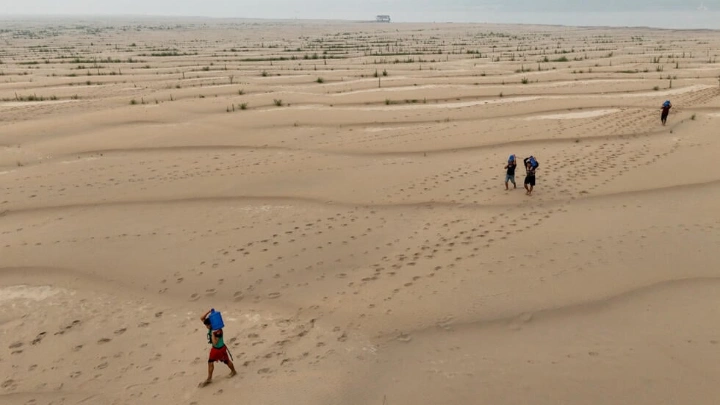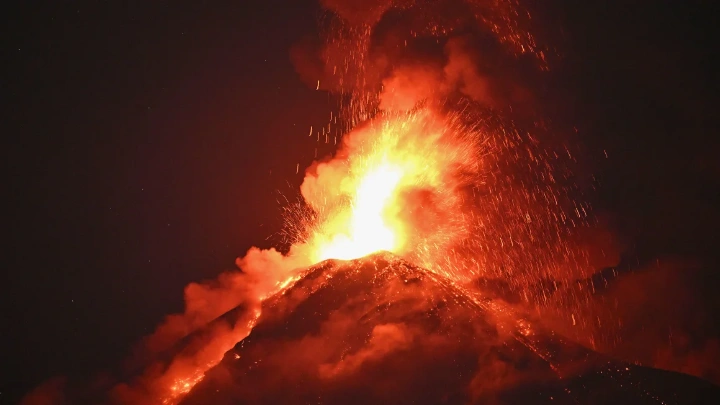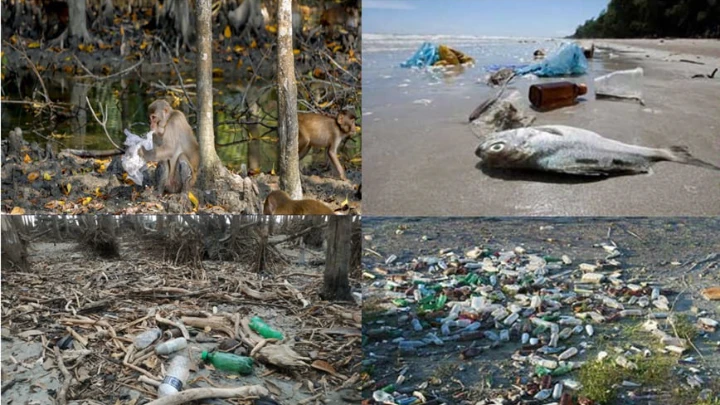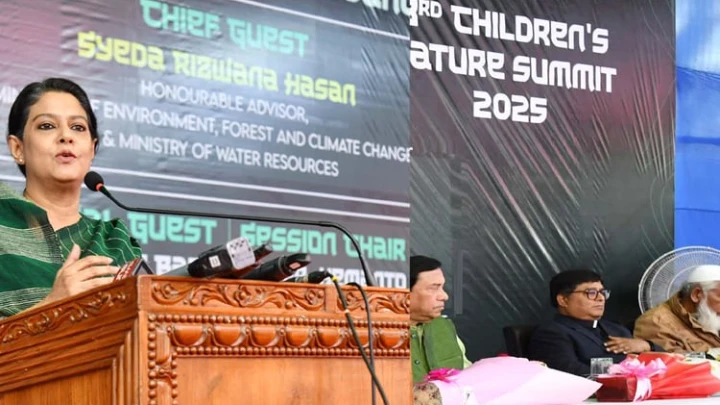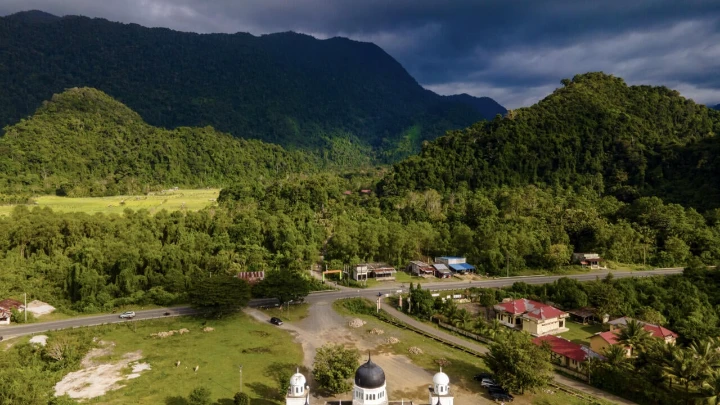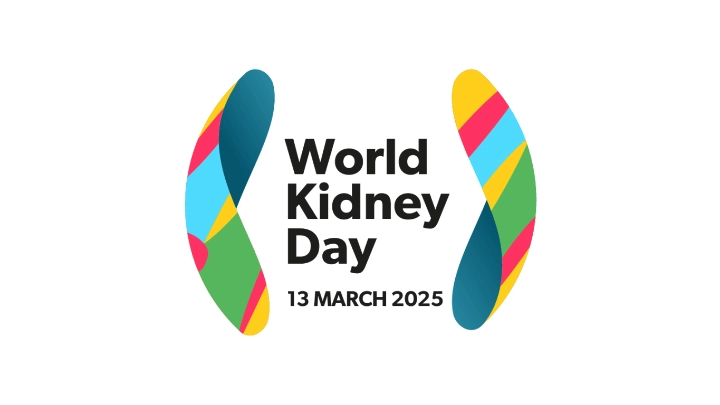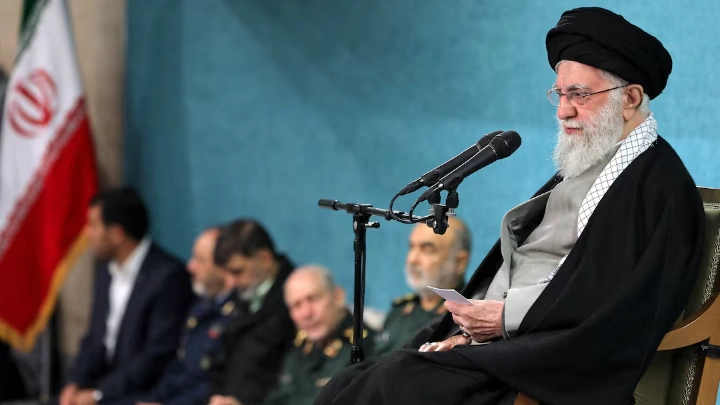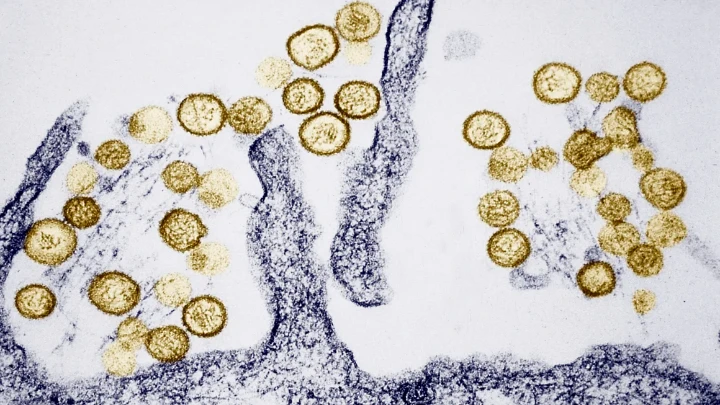An Amazon river dries up, creating hellish crossing for villagers
AFP || Shining BD
Only the youngest and strongest villagers now brave the crossing of a vast, blistering stretch of sand where, in normal times, the waters of the mighty Madeira River flow in the Brazilian Amazon.
Residents of the village of Paraizinho -- or "Little Paradise" -- usually cross the river by canoe to reach the larger city of Humaita, a vital link to buy food and water, get healthcare and send their children to school.
In drier times, this typically involves a short walk along a beach that appears as water levels drop.
But as Brazil grapples with its worst drought in 70 years, the waters have continued to shrink, leaving a stretch of almost a kilometer (about 0.6 miles) of sand baking under temperatures of about 40 degrees Celsius (104 Fahrenheit).
"Every year it is worse. Last year more than half (of the river) dried up. This year it has dried up almost to the other side," Reis Santos Vieira, a 69-year-old farmer, told AFP.
"And it is expected to get worse," he added.
The Madeira River, a major tributary of the Amazon River that stretches for 3,300 km (2,050 miles) over Brazil and Bolivia, reached its lowest level since monitoring began in 1967 this week, according to the Brazilian Geological Service (SGB).
- 'A very difficult time' -
Experts link Brazil's historic drought to climate change. The parched conditions have fueled wildfires in the Amazon and elsewhere in the country that have clouded major cities in smoke pollution.
For much of the day, the dry riverbed becomes an inferno underfoot.
The roughly one hundred residents of Paraizinho "are tackling that beach on foot to transport the food and water we need here. It's a very difficult time," complained Sandra Gomes Vieira.
Last year, which also saw drought conditions, one of her daughters burned her foot crossing the riverbed. She has refused to go to school since the sand appeared this year.
"My sister is undergoing treatment for cancer and can't go to the city. Health personnel go to her house. I'm not very healthy either, but I still manage to get there," said Gomes.
Five community volunteers recently carried containers of drinking water barefoot from Humaita to Paraizinho that used to be easily transported on canoes across the river.
"Here, we only have the help of these people. Only them and God," said Francisca de Chaga da Silva, one of the water recipients.
Community leader Joao Ferreira explained the water goes to "the most vulnerable families, who have patients with high blood pressure and diabetes."
Faced with the water shortage, residents treat river water with chlorine to bathe and wash dishes or clothes.
- 'More smoke' -
The prolonged drought is also impacting economic activities in Paraizinho, mainly fishing and the sale of agricultural products.
"The beach has grown a lot. Before, it was only two or three months" of drought, "now we are going for four, five months," said Ferreira.
Communities all along the banks of the Madeira River -- an important route for the trade of soybeans, fish and fuel -- are struggling. Some areas which also rely on Humaita have it worse than Paraizinho, residents of the village say, as they are even further away.
Intense fires elsewhere in the Amazon have also brought a haze of smoke to the village and surrounding locale.
Authorities blame human activity for most of the recent fires in the country, which are often linked to clearing land for agriculture.
The weather "is hotter this year. There is also more smoke," said Sandra Gomes.
One of her daughters "has been feeling chest pains from the smoke. Before, she didn't suffer from this problem."
President Luiz Inacio Lula da Silva is expected to announce measures to tackle the effects of the drought in the Amazon during a visit to the city of Manaus on Tuesday.
Shining BD

